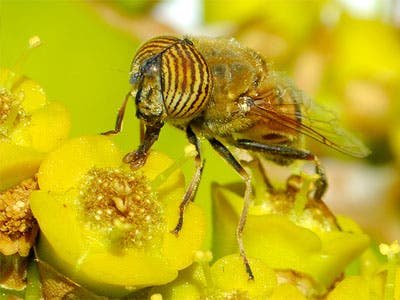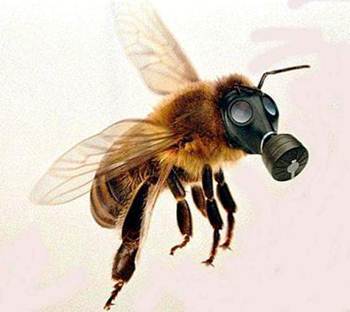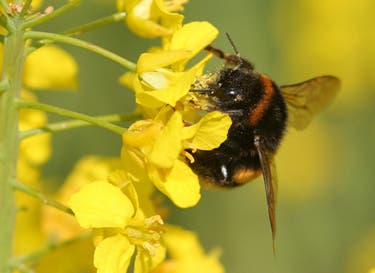By now, you really should be aware of the honeybee problems that are plaguing populations throughout the world – their numbers are dwindling, and this poses a huge threat not just for the bees themselves, but for humans as well. Now, a new study has shown that it’s not just bees who are in trouble, but also other pollinators, like butterflies and moths.
“Almost 90 percent of the world’s flowering species require insects or other animals for pollination,” said ecologist Laura Burkle of Montana State University. “That’s a lot of plants that need these adorable creatures for reproduction. And if we don’t have those plants, we have a pretty impoverished world.”
Killing pollinators – fast

It’s pretty clear that we are ones destroying honeybee populations, and the causes are not natural. Now, things are shown to be even worse, as we are having a similar effect on wild pollinators.
The causes for the decline in wildbee and butterfly numbers are pretty much the same damaging the honey bees – habitat loss and pesticide. The US and China are the main drivers behind this problem, as pesticide use has been harshly regulated in Europe, but still continues unscathed in the US, with the damage extending more and more – now, even to wild pollinators.
The damage done by pesticides is huge, and hard to quantify. As a matter of fact, it’s quite surprising that pollinators are surviving, even as hard as it is.
“It’s amazing we see as many pollinators as we do. Those are the ones who’ve survived this continuous pummeling.” , said biologist Claire Kremen of the University of California, Berkeley
To make things even worse, the destruction of habitat is happening at alarming rates – the ones we usually talk about when referring to the Amazon forest. In the Midwest alone, more than 36,000 square miles of wetlands and prairie—an area larger than Indiana—has been converted to cropland since 2008. Needless to say, this has had an absolutely devastating effect.
The effects of killing wild pollinators

Also, human diets aside, pollinators put food in the mouths of many animals – wild and domesticated alike. Also, they are responsible for shaping up the landscapes, flying from flower to flower in an unceasing hum of activity.
“If there was a loss of pollinators,” said USDA entomologist Terry Griswold, “that would have a cascading effect in terms of forage for a good proportion of the biota.”
To put that in common English, the loss of pollinators will affect most animals, even if they don’t rely on pollinated flowers directly. Entire ecosystems will be reshaped or destroyed – something which will be extremely difficult to adapt to.
Scientists warn that we are nearing a tipping point – you can do some damage to the pollinators in an ecosystem, and it will still work out fine, but after one point, things will start to go horribly awry – and it will be almost impossible to fix them. Burkle likens this to an airplane:
“You can use the example of an airplane: Start to undo some rivets and screws, and it’s still going to fly, because there’s still redundancy in the system,” said Burkle. “But at some point it begins to fall apart.”
Solutions exist, but we all have to get involved

According to entomologist Art Shapiro of the University of California, Davis, it has to be all of us.
“I would like to see communities get together to have butterfly garden corridors running through them,” Shapiro said. “If you get five households on a city block, you’ve got a corridor. If we’re going to deal with these problems, we need to have everybody taking action,” Black said. “In the past, I worked to get wilderness designated—with salmon and spotted owls and wolves, with old growth and wild rivers. That’s different than what I do now, because anybody can do something for pollinators.”






